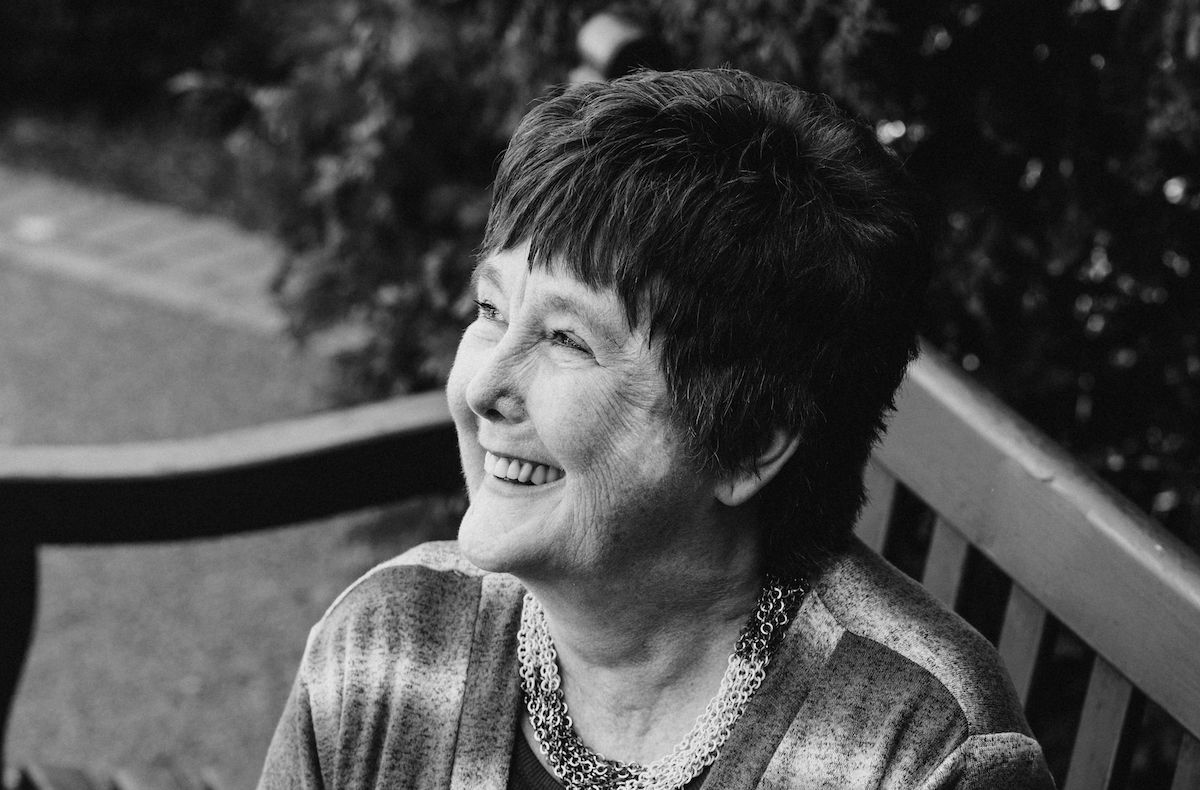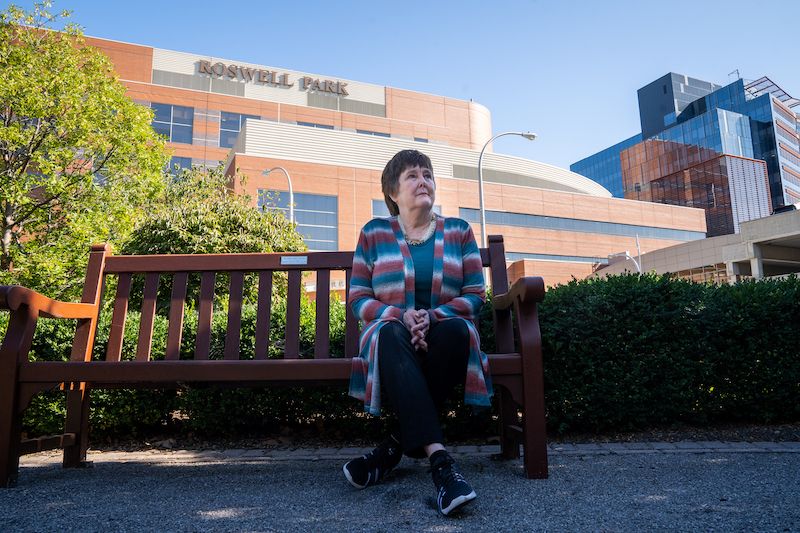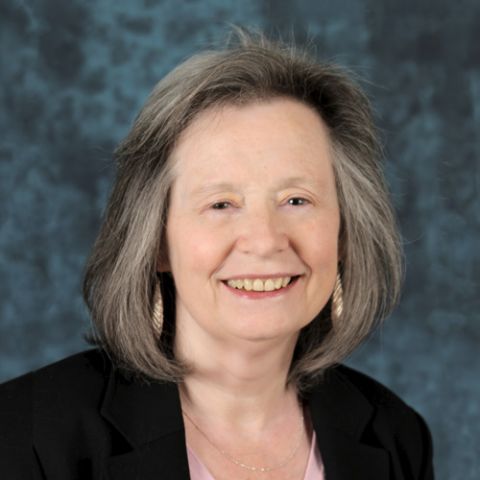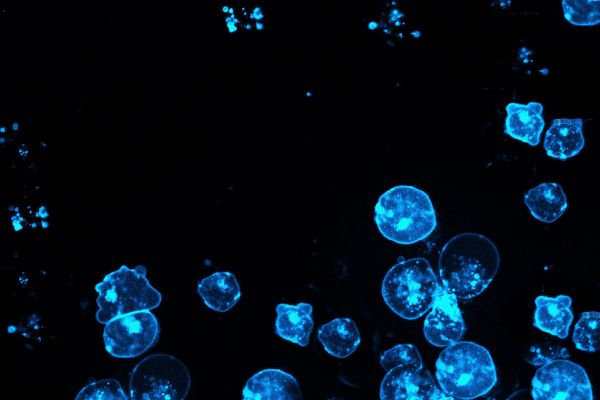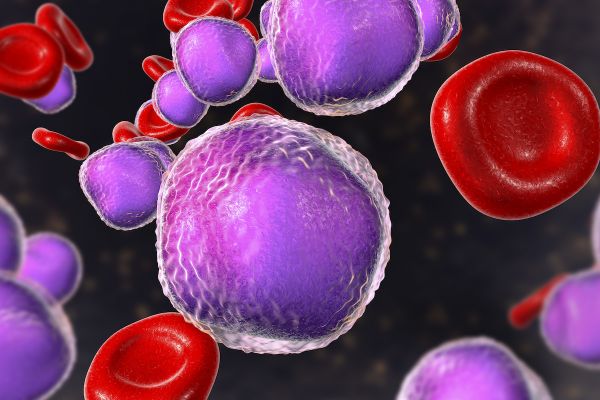Kathleen Packard, 62, admits that parts of her five-year journey with acute myleloid leukemia (AML) have been “Absolute hell. But every time I thought I couldn’t deal with it anymore, I thought of all the amazing, brilliant and caring people at Roswell Park who devoted their lives to saving mine. Since they never gave up on me, I thought I damn well better keep fighting, too,” Kathleen says.
AML is a form of leukemia in which the bone marrow produces faulty myeloid cells, a type of cell that ordinarily would mature into healthy blood red blood cells, white blood cells or platelets. These abnormal cells cannot function properly and they multiply fast, crowding out other healthy cells. Kathleen vividly remembers the October 2016 day she was diagnosed. “Up till then, I had no pain or notable symptoms. I was a little tired and I bruised easily, but I chalked that up to being older and working long days running a tractor-trailer repair business.”
With AML, however, the growth of white blood cells can be stunningly quick. Only six months before her diagnosis, Kathleen’s blood tests for another procedure showed nothing amiss. On the evening of her diagnosis, however, Kathleen was feeling unwell with what she initially thought was indigestion. But her pain became so intense, her husband took her to the local ER at 2 a.m. A few hours later, the ER physician made the diagnosis of AML. “A healthy person usually has a bone marrow white blood cell (WBC) count of about 4,000 to 11,000,” explains Kathleen. “But my WBC count was 86,000 and the doctor told me that 98% of them were ‘filled with cancer.’ My pain was caused by my red blood cells being pushed aside to my heart and lungs.”
Even then, Kathleen was reluctant to go to Roswell Park Comprehensive Cancer Center. “I’m old enough to remember when survival rates for most types of cancer were bleak. But my longtime family doctor came to the ER and convinced me that Roswell Park was where I needed to be.”
When Kathleen arrived that evening, Eunice Wang, MD, Chief of Leukemia, who Kathleen calls “an angel from above,” was waiting for her. “Even after already working a full day, Dr. Wang stayed late at the clinic to talk to me. As a researcher and clinician, Dr. Wang puts in long hours, taking time away from her family so that patients like me can have more time with our families. Right from the beginning, she made me feel a part of the team in my treatment. She said she would never lie to me and that my treatment would not be easy. But she also said that she would always work to the best of her ability to help me fight this, and she has been true to her word.”
Preparing for a bone marrow transplant
Wang recommended that Kathleen undergo a bone marrow transplant (BMT). In preparation, she spent five weeks at Roswell Park receiving intensive chemotherapy to kill her diseased blood cells. When testing revealed that she had a FLT3 genetic mutation that caused excessive production of leukemia cells, Dr. Wang described a clinical trial she was working on for a drug that inhibits the mutated cells from growing. “I already trusted Dr. Wang enough that I enrolled in the trial. And so far, every biopsy I have had since then has shown no evidence of the FLT3 mutation,” Kathleen says.
In the meantime, Kathleen’s husband, Mark, secured a newly built, clean apartment for her to live in to reduce the chance of infection before and after her bone marrow transplant. Along with Mark, Kathleen’s grown children and their spouses received extensive training at Roswell Park’s Transplant caregiver orientation to learn how to keep her safe before and after her transplant. “This included information on what foods I could or couldn’t eat, housekeeping requirements and restrictions on visitors and activities. For more than two years, my family and five trusted friends set up a schedule to address all of my needs. They and my grandchildren are the reason I fought so hard to live and was able to survive and thrive.”
Kathleen continued to take the clinical trial drug and go to Roswell Park for checkups for the next four months. Additionally, the search for a matching bone marrow donor began through the Be The Match registry. Within four weeks, a 19-year-old male donor from Germany turned up as a perfect marrow match. He and Kathleen have since become friends. “I am incredibly grateful to him and his family. He is yet another person whose selfless act helped save my life.”
In January 2017, Kathleen was admitted to Roswell Park for more chemotherapy and full body radiation to kill any remaining leukemia cells. Two days later, her donor’s frozen bone marrow arrived at Roswell Park, and the transplant took place under the guidance of Maureen Ross, MD, PhD, who Kathleen calls "my fabulous, marvelous, fantastic transplant doctor.”
“The transplant was the simplest part of the whole procedure,” Kathleen says. “But the months afterwards were, honestly, hell. Your body is in shock while it adjusts to the new blood cells. I needed platelet transfusions. I stayed in the hospital for three weeks, and then for the next three months, I came to Roswell Park daily for transfusions and check-ups. I went nowhere else.”
Why Roswell Park for leukemia treatment?
Roswell Park made a difference for Kathleen. Find out what Roswell Park can do for you.
Overcoming treatment challenges
While her five years with AML have been tough, Kathleen says there have also been some sweet surprises. “I learned that I was stronger than I ever thought possible. I learned that’s okay to have bad days, and then move on. I learned to fight negativity with positive thoughts. I learned that I need to take care of myself as much as I need to take care of anyone else. And, I learned to love myself more than ever. I don’t look the same as I used to. Sometimes I feel like a zebra in a world of horses. But that’s okay because I like zebras!” she laughs.
“I am no longer afraid of going to Roswell Park. In fact, I love Roswell Park. I am in awe of all they do for cancer patients. Almost every time I am there, I hear someone ring that Victory Bell, and I thank God for all the people at Roswell Park who made that possible. This is not your mother’s Roswell Park. Cancer is still brutal and too common, but every day, the brilliant researchers, oncologists, surgeons and staff at Roswell Park dedicate their lives to more effective ways of preventing and treating cancer, and the fact that I’m still here is proof of that.”
Editor’s Note: Cancer patient outcomes and experiences may vary, even for those with the same type of cancer. An individual patient’s story should not be used as a prediction of how another patient will respond to treatment. Roswell Park is transparent about the survival rates of our patients as compared to national standards, and provides this information, when available, within the cancer type sections of this website.
